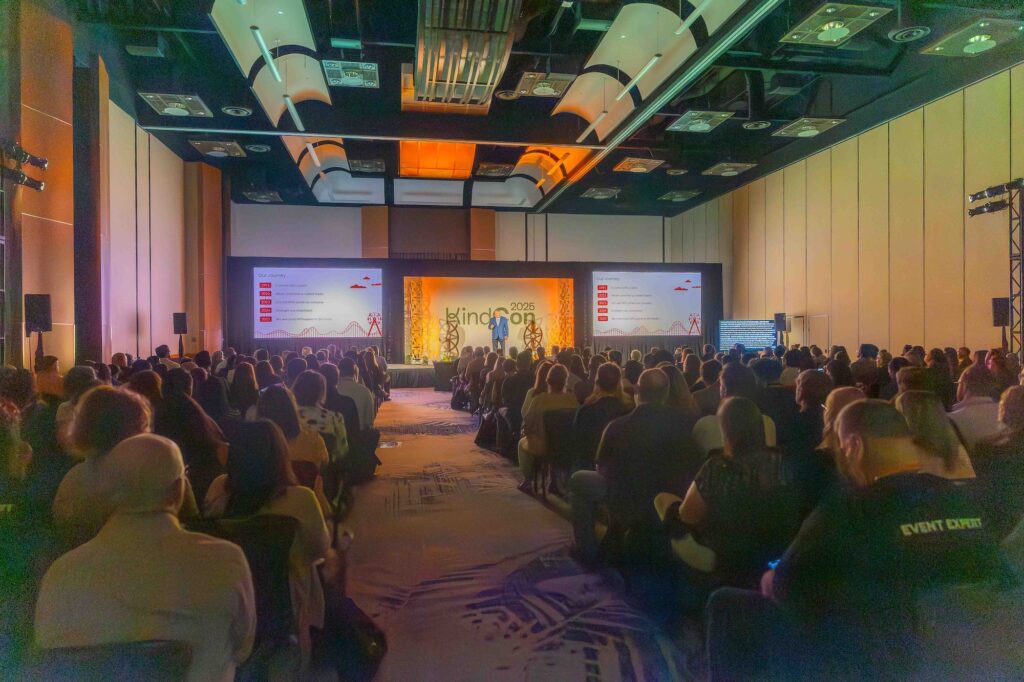
“Make your donor dollars go further and raise 50% more than last year.”
Sound familiar?
Do more with less. Work smarter, not harder.
This trite advice is fed to nonprofits constantly.
Not as easy as it sounds.
Never fear. Here are some practical tips for using data-driven fundraising tactics to get you on your way.
Don’t host a gala.
Host small events.
Big events have their place, like community building or raising awareness. Smaller gatherings are more effective for building relationships with donors, especially major donors. Firstly, they are lower cost, so you can do them more frequently. And that’s key. Consistency is vital in relationship building.
The biggest expense of galas is staff time, but it’s rarely accounted for in budgets. Plus, there’s the incalculable opportunity cost of your top development staff focused on event logistics versus talking to donors.
Break down your event calendar into bite-size topics. Bring people together around common interests. The affinity guests develop for each other will spill over into affinity for your organization.
Curate your guest lists. Focus on those who are already inclined to support your cause using the RFM model: Recency, Frequency, Monetary—meaning they give at the right levels consistently towards missions aligned to your objectives.
These days, that intel is easy to get. It’s in your own CRM and/or a third-party data provider (such as iwave). But it can be overwhelming. And sometimes Development teams skip this step because it’s too much. DON’T SKIP IT. The effort is worth it.
Do small events regularly at a cadence that allows you time to do follow up. Pay attention to what they are engaged with the most. Notice with whom they connect. (You can’t do this well if you’re at a gala.) And follow-up based on that.
Don’t overlook your small or mid-tier donors.
You never know what hidden gems live in your lists.
All too often, in the rush to raise more with less, nonprofits think it’s efficient to focus on just a few wealthy donors.
Firstly, it’s a myth. Just because someone is wealthy doesn’t mean they are philanthropically generous, nor necessarily to you. It’s all about share of wallet. In short, how are they spending their resources? Who else are they giving to and how much?
Let’s say a first-time donor gave you $100. Would you prioritize them? What if you knew they give annually $10,000 to a similar organization? Would you look at them differently?
What if you have a donor who gave you $10,000 five years ago but not since? Would you pursue a renewal? What if you knew that 4 years ago they started giving exclusively to another cause altogether? Would you prioritize them differently?
Again, many donor intel providers can give you this insight. Use the intel to pinpoint those who are most likely to give you more over time. Use it to fine-tune your content for more precise outreach. It will save you effort and time on misguided pursuits.
Takeaway: let the data show you the way.
Know your donors, focus on the right ones, and match them with experiences that strengthen their relationship with you.
Be the first to read our resources.
The world is changing quickly—and our resources help you stay on top of it all. Sign up to get new insights, success stories, and more, sent right to your inbox.




